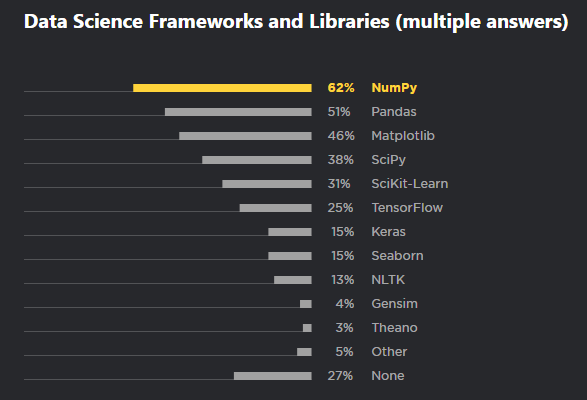How Can Python Help Solve Machine Learning Challenges?

Summary: Python’s open-source and high-level nature, as well as its comprehensive libraries, make it the perfect fit to solve the numerous real-life ML challenges.
The increasing popularity and accessibility of Artificial Intelligence solutions is rapidly reshaping many industries, from healthcare through finance to aviation. Although the application of the latest technologies has always been an essential consideration for companies striving to get ahead of the curve, the ubiquity of AI means that it’s becoming the core of many operations.
But the increased use of ML, understood as a technical implementation of AI concepts, across the board has generated a wide range of problems that require both a creative approach and efficient tools to solve.
Python, a highly versatile programming language, aids both; its significant flexibility and comprehensiveness, as well as availability of libraries and a supportive community, make it the perfect choice for developers who create ML solutions.
Let’s take a closer look at some of Python’s qualities below.
a) Flexibility
Python is a highly flexible, scalable, and portable platform that allows developers to choose between OOPs and scripting, as well as combine the language with others.
b) Popularity
According to the 2018 Python Developers Survey, conducted by